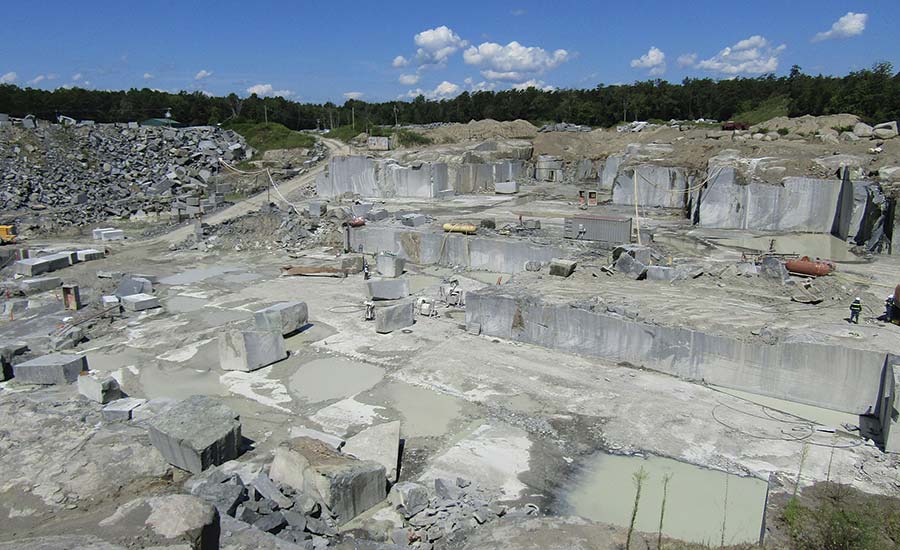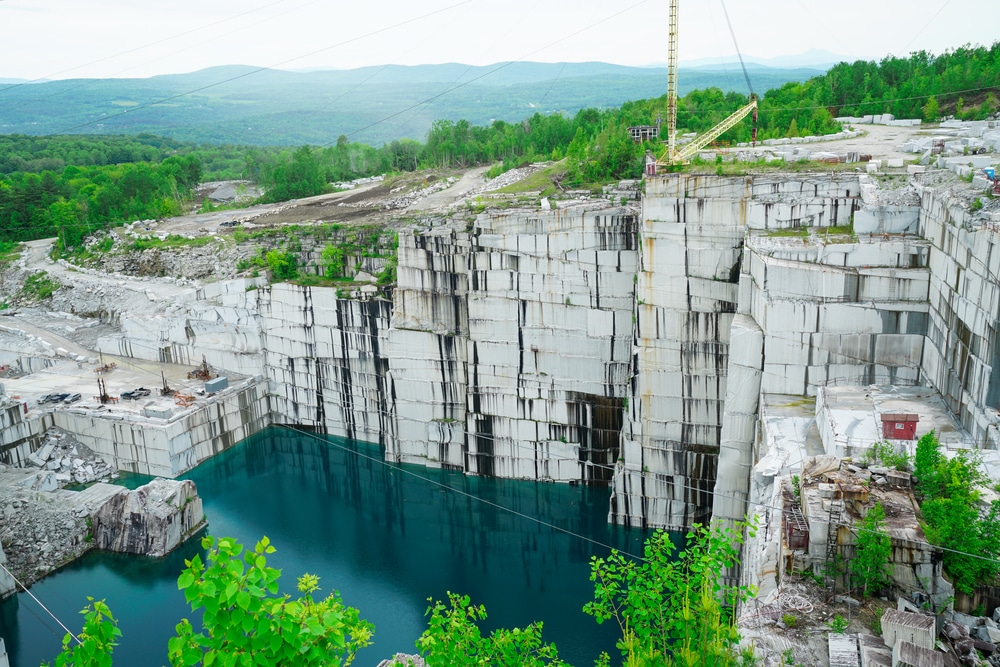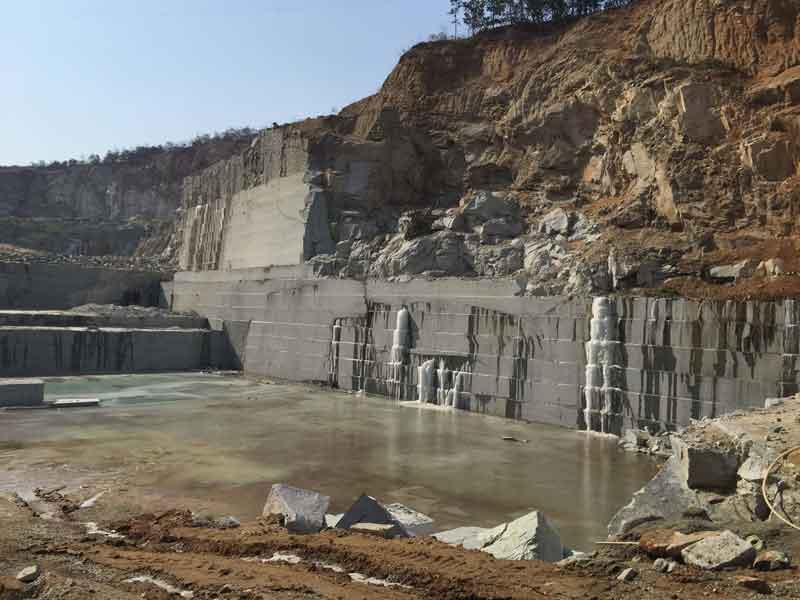The Hidden Gems: Checking Out Granite Quarries in South Africa
The Hidden Gems: Checking Out Granite Quarries in South Africa
Blog Article
Introducing the Mysteries of Granite Quarrying: Where Strength and Beauty Meet
The globe of granite quarrying is a realm where the raw toughness of nature converges with human virtuosity to produce structures that stand the examination of time with an air of style. From the depths of quarries to the thorough polishing in workshops, the process of transforming granite right into building wonders is an intricate dance of practice and development. As we peer right into the depths of this ancient craft, we begin to reveal the hidden complexities that form the really significance of our constructed setting.
The Origins of Granite Quarrying
In the annals of architectural history, the origins of granite quarrying are shrouded in a tapestry of ancient workmanship and geological marvels. Dating back to ancient Egypt and Mesopotamia, the extraction of granite from quarries marked the start of a journey that would eventually result in the production of some of the globe's most renowned frameworks.
Granite quarrying's roots can be traced to the competent craftsmens that identified the rock's longevity and aesthetic appeal. Through a combination of primitive devices and sheer determination, these early quarry employees discovered granite blocks that would become the building blocks of worlds.
As human beings progressed, so did the methods of quarrying granite. The Romans, renowned for their engineering expertise, created innovative approaches for removing granite to create monuments, holy places, and roads that stood the examination of time.
The legacy of these ancient quarrying methods proceeds to shape modern-day design, with granite remaining an icon of toughness and beauty in building tasks around the globe. (granite quarries in south africa)
Tools of the Quarrying Profession
The evolution of granite quarrying methods from ancient people to contemporary times highlights the vital duty played by the tools of the quarrying trade in forming the market's practices. In ancient times, quarrying tools were basic, often being composed of chisels, hammers, and wedges made from products like bronze or iron. These devices needed substantial workforce and time to extract granite obstructs from quarries.

Furthermore, the intro of pneumatic tools and high-powered equipment has dramatically reduced the physical labor needed in quarrying procedures, boosting employee safety and security and efficiency. As the quarrying market proceeds to innovate, learn the facts here now the tools of the trade stay at the center of driving progression and shaping the future of granite extraction.
Drawing Out Blocks of Granite
Utilizing accuracy machinery and advanced techniques, the removal of granite blocks from quarries has actually ended up being an advanced process in the contemporary quarrying sector. Managed blasting techniques are then used to damage apart the granite right into convenient sections.

Polishing and Ending Up Techniques
To attain a flawless surface area on granite blocks, competent artisans utilize a collection of careful polishing and ending up methods. After the first extraction and forming processes, the granite obstructs undergo a complete polishing stage to improve their all-natural elegance and toughness.
In addition to sprucing up, ending up methods are applied to further improve the granite's appearance. These strategies may consist of flaming, honing, or cleaning, each offering unique structures and surfaces to match different aesthetic choices. Flaming, for example, involves subjecting the granite surface to heats to develop a harsh, textured coating, ideal for outside applications where slip-resistance is important. Sharpening, on the other hand, offers a matte finish that is smooth to the touch, perfect for interior counter tops and flooring. By meticulously choosing and using these brightening and finishing strategies, artisans can change raw granite blocks into charming pieces that showcase both stamina and sophistication.

Environmental Impact and Sustainability
With the growing emphasis on environmental awareness in the market, granite quarrying methods are increasingly looked at for their effect on natural sources and long-lasting sustainability. Additionally, the transport of granite from quarries to processing centers generates carbon exhausts, further adding to environmental degradation.
To minimize these influences and make sure sustainability in granite quarrying, industry stakeholders are taking on numerous procedures. Implementing sophisticated technologies to minimize energy consumption and water usage, recovering quarried land for ecological reconstruction, and promoting accountable sourcing methods are some techniques being employed. Furthermore, certifications such as the Forest Stewardship Council (FSC) and his response the Management in Energy and Environmental Design (LEED) help consumers determine eco-friendly granite items.
Conclusion
To conclude, granite quarrying is a process that needs specialized tools and strategies to remove blocks of granite and polish them to a high degree of finish. While the ecological influence of quarrying can be substantial, initiatives are being made to enhance sustainability methods in the market. Generally, granite quarrying is a fragile equilibrium in between using the stamina and sophistication of this natural rock while minimizing its effect on the environment.
Report this page